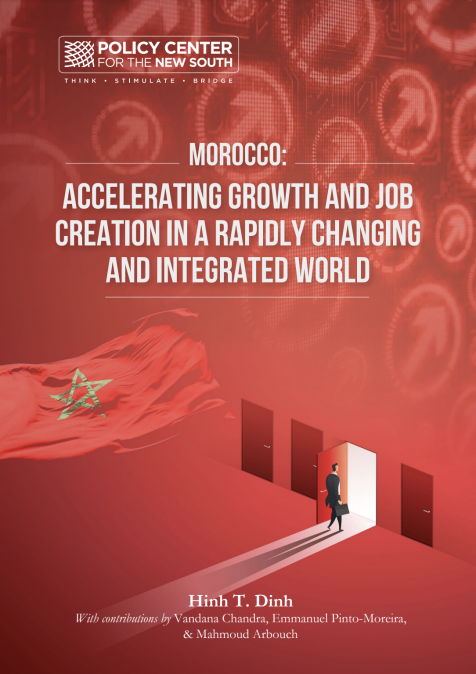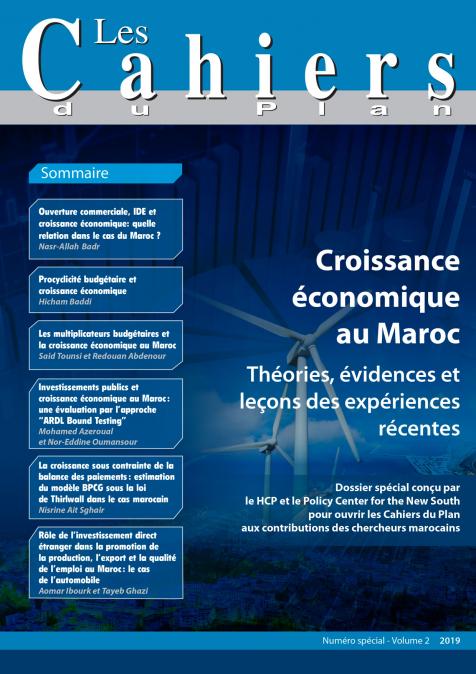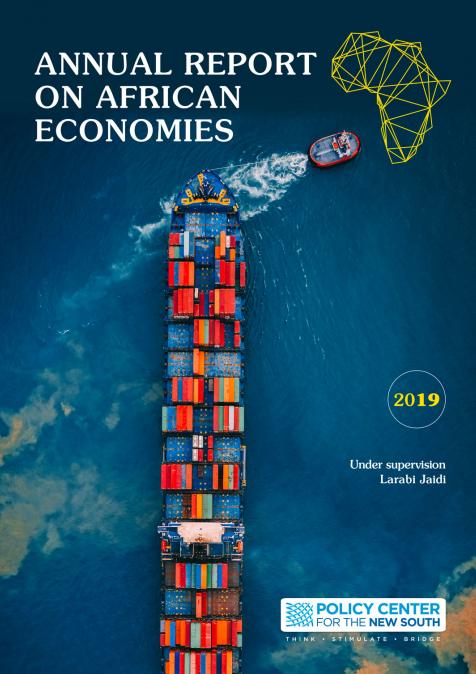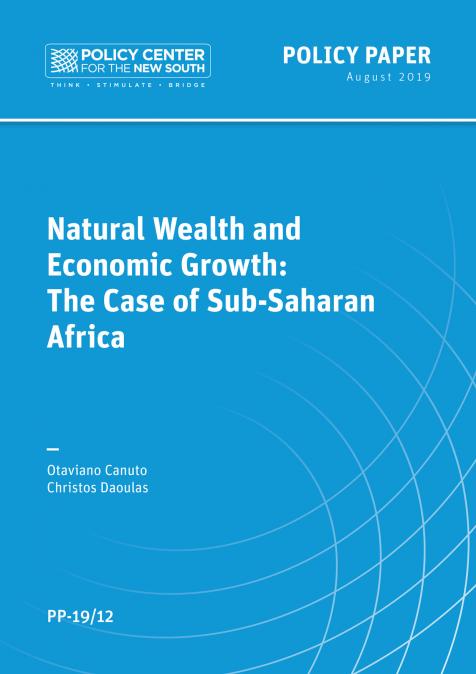Publications /
Opinion
The year just ending disappointed economic forecasters, as did the year prior, and the one before that. The aftereffects of the Lehman crisis, now over six years old, and of the subsequent sovereign crisis in Europe, have been systematically underestimated and continue to plague us.
Although the outlook for 2015 is foggier than usual, there are significant areas of strength and many signs that the world economy continues to heal, beginning from here in the United States. The collapse of oil prices – a result mainly of surging supply, not falling demand – is especially good news for the global recovery. Thus, the most plausible global economic forecast for 2015 is moderate growth – similar to 2014; not a good year, but not a disaster either.
However, averages are now especially misleading: the year ahead is likely to show unusually wide disparities in growth outcomes across the world’s regions, and even within regions. One way to make sense of the current complicated conjuncture is to think of a jumbo jet propelled by powerful engines but also confronting strong headwinds. The main point is that these headwinds will slow the plane’s progress but are unlikely to make it stall.
Let’s start with the headwinds. The most obvious piece of bad news is that in 2014 global economic growth, at around 2.5% is likely to be well below the long-term growth rate, which averaged 3% over the last 25 years; yet, in order to rapidly reduce the very high unemployment in many advanced countries and boost confidence, the growth rate needs to be close to or above this long-term average. One effect of the slower growth is that many emerging markets have also come under pressure. Compared to what was expected at the start of the year, the outturn in Brazil, and South Africa, for example, is dismal. These countries, as well as Turkey, remain especially at risk from a sudden stop in capital flows in the event of policy errors or when – as expected – US policy rates are finally raised. Russia is already in the midst of a full-blown financial crisis. Japan, a rich economy, and the world’s third largest, has unexpectedly lapsed into recession, but since the downturn was triggered by a large hike in its sales tax, and Japan is a big oil importer, it is probable that the next few months will see a turnaround, helped by Abe’s emphatic reelection victory.
The biggest worry by far, in terms of the overall effect on world economic growth in 2015, are in Europe. This region, together with its closely integrated neighbors, constitutes the world’s largest economic block, but is also the least dynamic. The possibility of falling prices in the Eurozone, combined with the unexpected sharp slowdown in the German economy in recent months, as well as Italy’s relapse into recession have cast a long shadow over European growth prospects, which were not great to start with. The shocks coming from the conflict in Ukraine, and the result of elections which are pointing to a sharp turn away from mainstream parties have also undermined investor confidence. Yet, the news coming from the European economy is not all bad. Spain, Ireland and Portugal, and Greece – the countries most affected by the Euro crisis – are growing again. The risks associated with the political troubles in Greece should not be underestimated, but they have not spilt over onto bond yields of the other periphery countries. The United Kingdom is on a firm recovery path. The European Central Bank appears set to embrace quantitative easing despite German opposition, and it is difficult to believe that Germany – which has a balanced budget and runs a current account surplus of 7% of GDP – would maintain its tight spending stance if it were to fall into recession and see its unemployment rise. Overall, the Europeans are large oil importers and will be among the biggest beneficiaries of falling oil prices, which could add about 1% to their GDP growth in 2015.
Let’s now consider the jumbo’s four engines. The first engine, falling oil prices, deserves some elaboration. The effect of lower oil prices is not only to raise consumer purchasing power but also to give more room for monetary policy to remain expansive or to become more expansive. Lower oil prices will, over time also lead to reduced investment in oil facilities and lower demand from the less wealthy oil exporting nations, but these adverse effects on global demand are likely to be much smaller in 2015 than the immediate effect of cash in the pocket of consumers throughout the world.
The second engine, loose monetary policy, has been supporting growth for years and – despite a small anticipated increase in US interest rates – will continue to play a big role in 2015. Even if monetary infusion in its various forms does not immediately translate into credit growth that reaches consumers and investors (some clearly does) it does tend to boost stock and bond markets and induce some increase in consumption through wealth effects. Given the big and growing concerns about income inequality in the United States and many other countries, this is not the ideal way to boost demand, but it is the instrument available at present. Government spending will continue to be restrained in 2015, but the pace of reduction of government deficits will slow, thus also providing a modest support to growth.
The jumbo’s third engine is the robustly recovering US economy – where job growth has averaged near 250000 a month over the last year or so – an unmistakable sign that companies are finally confident in the prospects for the medium term. The US consumer is more confident, and is also taking advantage of low interest rates, ramping up credit card borrowing even as mortgage debt continues to decline. House prices are rising, but housing starts in the US remain well below the replacement rate and new household formation, so the housing market recovery still has a long way to run. The locomotive effect of US demand on the rest of the world will be reinforced by the high US dollar, though that also means that we can expect the US current account deficit to rise again once oil prices reach bottom.
The fourth engine is rapid growth in large parts of the emerging world. China is clearly slowing. However, it has still registered growth in excess of 7% in the last year, and most forecasts call for growth near 7% in 2015. These forecasters may be wrong, of course, but we need to bear in mind that the imminent demise of China has been a prevalent discussion topic for at least 30 years. China, together with other countries or regions which have grown at over 5% over the last year, including India, Indonesia, and Sub-Saharan Africa, and several others, represent about half of the world population.
These four powerful engines should be enough to keep the jumbo flying at least as fast in 2015 as in 2014, despite the headwinds. One big dividend of globalization is that world demand has become diversified; no world region or large country accounts for more than about 20% of world imports. Moreover, all three advanced regions, Europe, North America and Japan, are quite self-sufficient – their growth is driven predominantly by domestic demand. This makes it less likely that demand shocks in one region spread contagiously to all the others. In fact history teaches that there are only three extreme scenarios under which a downturn becomes global: a world war, a global financial crisis, and a big oil shock. A world war is unlikely in 2015, and it is too early for the imbalances and mistakes that led to the last financial crisis to recur. The third scenario – a big oil shock - is indeed with us, but this time working in favor of supporting global demand.









